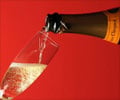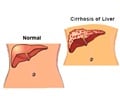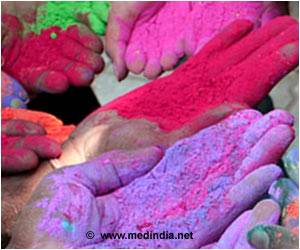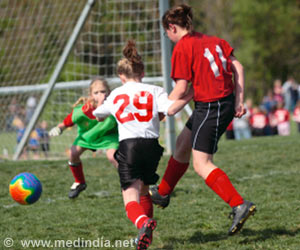
All around stretch vineyards that produce the grapes to make the world's most prestigious sparkling wine. For as far as the eye can see, bubbles are the business, and a lucrative one at that.
Bouzy however has another string to its bow, thanks to a group of dedicated producers who have opted to maintain, albeit largely as a sideline, a centuries old tradition of producing still red wine from pinot noir vines planted close to the northern limit of where the notoriously fickle varietal will ripen fully.
"We are like the little Gaulois village in the Asterix stories," says local vigneron (winemaker) Jean-Rene Brice.
"Instead of holding out against the Romans, we are holding out for red wine production whilst all around everyone is making champagne."
Brice's family property has eight hectares of vines situated above the village on land that is eligible to provide red grapes for the production of the very best, Grand Cru champagnes, most of which are assembled from a mixture of pinot noir and two white grapes, chardonnay and pinot meunier.
Advertisement
Despite the high price that grapes destined for bottles of bubbly can command, Brice keeps one eighth of his land dedicated to the production of Bouzy Rouge, ensuring the maintenance of a tradition his family have nurtured since the 17th Century.
Advertisement
The vines used to produce the ruby-coloured nectar are the oldest on Brice's plot and they also benefit from the most favoured spot, half-way up a south-facing slope, in order to maximise their exposure to sun rays that can be rare some years.
"We leave the grapes to ripen for as long as we possibly can before picking them," Brice explains. "Above all we are looking for fruit and power, and lower acidity than is required for grapes destined for champagne production."
In this part of the world, just 100 miles (160km) from the border with Belgium, the winemaker's nightmare is harvest rain, which can drastically dilute the flavour of the grapes as well as the sugar required to ensure the final product has the body producers are aiming for.
An Indian summer this year kept Brice and his colleagues happy with the final batches of grapes landing in their wineries in the second week of October.
Only the plumpest, ripest bunches get through a rigorous selection by hand and, to avoid too many green tanins in the final blend, the stems are removed mechanically before fermentation.
After 10 days in steel, the young wine is transferred to oak barrels for a time that varies by producer before being bottled and stored for at least three years prior to release for drinking.
"It is a wine that can be appreciated young but a Bouzy from a good year can also make an excellent keeping wine," Brice says.
Rarity factor keeps prices high
Overall, only one in 10 of Bouzy's 380 hectares of Grand Cru "terroir" are reserved for the production of still wine -- some producers make a white as well as a red.
The rewards are not as great as for champagne but, with only 45,000 bottles of Bouzy Rouge produced in a good year, producers can count on a rarity factor -- plus that fabulous name -- to help secure a decent price for their output, the reds typically retailing in France at around 20 euros ($27) a bottle.
Bouzy is the best known but by no means the only champagne village to produce still wine. Upmarket brand Bollinger notably makes a celebrated boutique wine, "La Cote aux enfants" from a one-hectare parcel at Ay.
In all, around 100,000 bottles of still wine are produced each year in the area authorised for champagne production -- a mere splash in the lake of 308 million bottles of fizz the region turned out in 2012.
The bulk of the still production is sold as it is, but some also goes into the manufacture of pink champagne, which is currently enjoying a mini-boom in popularity and now accounts for 10 percent of all champagne sales. It is the only French rose wine allowed to be made by blending red and white wines.
Source-AFP









